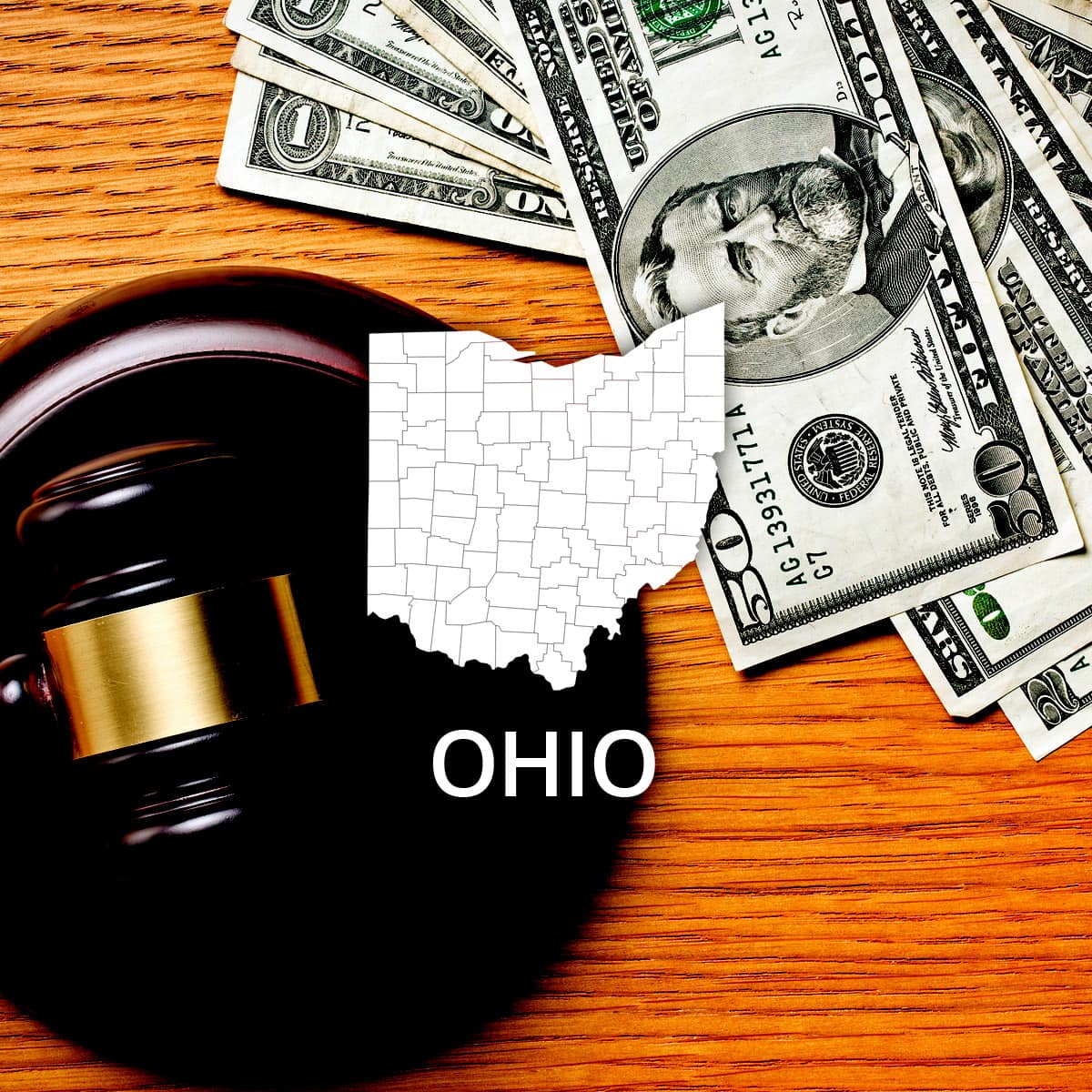 Multiple Bankruptcies: How Often You Can File One?
Multiple Bankruptcies: How Often You Can File One?
Table of Contents
 How to File Bankruptcy in Ohio
How to File Bankruptcy in Ohio
 According to the 2005 Bankruptcy Act, all state courts must adhere to federal bankruptcy regulations. Ohio has a Northern and Southern Court Districts with thirteen court locations in total. The most commonly filed bankruptcies are Chapter 7, Chapter 11, Chapter 12 and Chapter 13.
According to the 2005 Bankruptcy Act, all state courts must adhere to federal bankruptcy regulations. Ohio has a Northern and Southern Court Districts with thirteen court locations in total. The most commonly filed bankruptcies are Chapter 7, Chapter 11, Chapter 12 and Chapter 13.
 Filing for Chapter 7, Chapter 13, and Other Types of Bankruptcy
Filing for Chapter 7, Chapter 13, and Other Types of Bankruptcy
Chapter 7 is considered a "straight bankruptcy" because as many assets are liquidated as possible and much of the unsecured debt is eliminated. This is a good option for those who have a high debt to low income ratio. The debts that are non-dischargeable, such as child support, taxes, and student loans remain the responsibility of the debtor even after their bankruptcy is complete.
For petitioners who wish to protect their assets such as a house or car, Chapter 13 may be a better option. Under this code, the debts are minimized and restructured so the debtor can pay them off in 3 to 5 years. Chapter 13 helps people to pay off their debt without going into foreclosure on their homes. It is a good option for people who need debt relief, but have a steady stream of income so they may follow their repayment plan as assigned by the court.
Businesses who are struggling, but wish to remain open may petition for Chapter 11 to protect their assets and allow a timeframe for debt repayment. Family farmers and fishermen may plea for Chapter 12 bankruptcy, a specific code for family agricultural businesses to make payments on debt and protect their assets at the same time.
Official bankruptcy forms for the U.S. Bankruptcy Courts are available at https://www.uscourts.gov/forms/bankruptcy-forms or RecordsFinder.com Court Forms Section.
 Steps to Filing Bankruptcy
Steps to Filing Bankruptcy
All petitioners for bankruptcy are required to undergo credit counseling up to 6 months before filing. After counseling, there are many people who decide to tackle their debt on their own, while others decide bankruptcy is the best route for them. If debt relief is preferred, there are several additional steps to follow.
The first step is to determine for which type of bankruptcy a petitioner is eligible. A Means Test is conducted to compare the income over the last 6 months of the petitioner and all other wage earners in Ohio. If the debtor's income is lower than the median income, he or she is eligible for Chapter 7 or Chapter 13 bankruptcy. For those with higher than the median income, Chapter 13 is the only option.
Following the Means Test, the petitioner will need to gather paperwork to submit to the court for review. This may include, but is not limited to: 2 years of tax returns, records of any recent major financial transaction, a list of all debts, loan information, and an inventory of assets, property deeds, vehicle titles, and monthly expenses. A detailed repayment summary is also required of those filing for Chapter 13.
The financial records, repayment summary, and necessary bankruptcy forms are submitted to the court and referred to as "the schedule." There are many legal professionals who offer counsel when submitting bankruptcy or a petitioner may choose to file on their own. The cost to file for Chapter 7 is $306 and can sometimes be waived. Those filing for Chapter 13 have to pay the entire amount, but may do so in installments if needed. The fee for Chapter 13 is $281. Of course, the attorney fees are the responsibility of the petitioner.
Once the court receives the schedule, an automatic stay is issued. This prevents the creditors from contacting the debtor directly and puts a halt to any foreclosure proceedings. A court appointed trustee reviews the case and determines which non-exempt assets can be used to pay a part of the petitioner's debt. It is also the trustee's job to arrange a 341 meeting to allow the creditors and debtor a time to negotiate terms of repayment. If no agreement can be made, a judge will intervene.
Lastly, the petitioner must complete a financial management course approved by the court. This finalizes Chapter 7 bankruptcy. Those who have filed Chapter 13 must continue making payments as arranged in their repayment summary to avoid a trip back to court.
 Location Specific Information
Location Specific Information
Ohio District Courts are separated into a Northern and Southern District. The Northern District has locations in Akron, Canton, Cleveland, Jefferson, Mansfield, Toledo and Youngstown. Courts situated in Cincinnati, Columbus, Dayton, Portsmouth, Steubenville, and Zanesville are part of the Southern District of Ohio's Bankruptcy Courts.




